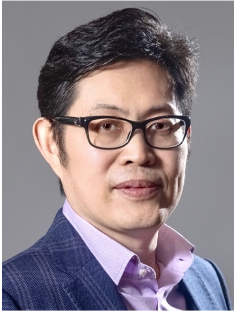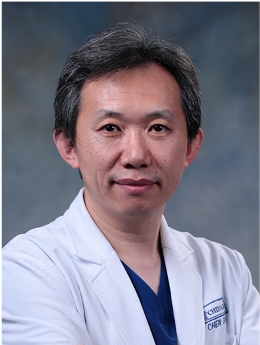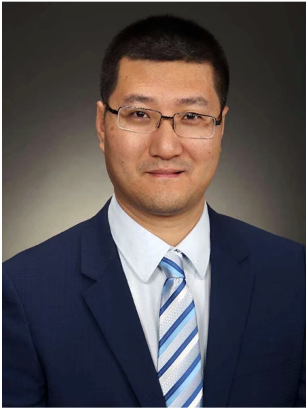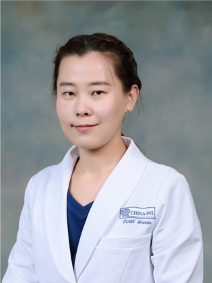1. Introduction
Scoliosis is a condition that makes the spine (backbone) curve sideways, like the letter "S" or "C." Often, the spine also twists so the back is not flat. If the spine twists, one side of the back sticks out more than the other.
Scoliosis usually starts to happen as the spine is growing, in childhood or during the teenage years. A birth defect, disease, or injury can cause scoliosis. It might also run in families. But in many cases, doctors do not know what causes scoliosis.
2. Symptoms
Scoliosis usually does not cause symptoms. A doctor or nurse might find it when a child gets a routine checkup. Or the school nurse might notice it during a scoliosis check at school.
You or your child or teenager might also notice:
◆ A shoulder, shoulder blade, hip, or breast that is higher than the other
◆ A shoulder blade that sticks out farther than the other
◆ A skin fold on one side of the waist
When symptoms do occur, they can include:
◆ Back pain
◆ Trouble breathing – If the spine curves a lot, the lungs might not have room to work correctly. This can cause breathing problems. Scoliosis this severe usually starts when a child is younger than 10. The scoliosis is usually obvious before breathing problems happen.
3. When To See a Doctor?
It depends on your child's symptoms. See a doctor or nurse right away if your child limps, does not want to walk, or has one leg that feels weak. Make an appointment to see the doctor or nurse if:
◆ Everyday activities make your child's back hurt.
◆ Your child has severe back pain, or back pain that gets worse over time.
4. Examinations
Forward bend test – This test shows if the spine is twisted so one side of the back is higher than the other. The doctor or nurse can also measure how much the spine is twisted.
X-ray – An X-ray of the spine can show how much the spine curves from side to side. Other kinds of X-rays can show if the scoliosis is likely to get worse as the child grows. An X-ray can also help the doctor tell if another problem in the body is causing the scoliosis.
Depending on the situation, the doctor might also order a test called an "MRI." This imaging test creates pictures of the inside of the body. The pictures show more detail than an X-ray.
5. Treatment
Treatment is different for each person. Mild scoliosis does not need to be treated. But severe scoliosis can cause breathing problems and heart problems. People with severe scoliosis need treatment.
Your child's doctor will talk to you about different treatment options. Options for treatment depend on whether the scoliosis is likely to get worse or not. They include:
◆ No treatment – If a child is finished growing and the spine does not curve a lot, treatment is usually not needed.
◆ Watchful waiting – If a child is not finished growing but the scoliosis is not severe, the doctor might suggest watching for changes. The child might need to see a specialist if the doctor or nurse cannot tell exactly how much the spine curves or if the scoliosis starts getting worse.
◆ Bracing – A child might need a brace that helps straighten the spine if: They still have a lot of growing to do, and the scoliosis gets worse in 6 months or less.
◆ Surgery – If the spine curves a lot, the doctor might recommend surgery even if a child is done growing. This is because severe scoliosis usually gets worse with time. The surgery joins vertebrae (bones in the spine) together to help them line up correctly. This can keep the curve from getting worse.
You can find professional doctors and experts about this disease here for your further consultation and treatment.





Any use of this site constitutes your agreement to the Terms and Conditions and Privacy Policy linked below.
A single copy of these materials may be reprinted for noncommercial personal use only. "China-INI," "chinaini.org" are trademarks of China International Neuroscience Institute.
© 2008-2021 China International Neuroscience Institute (China-INI). All rights reserved.